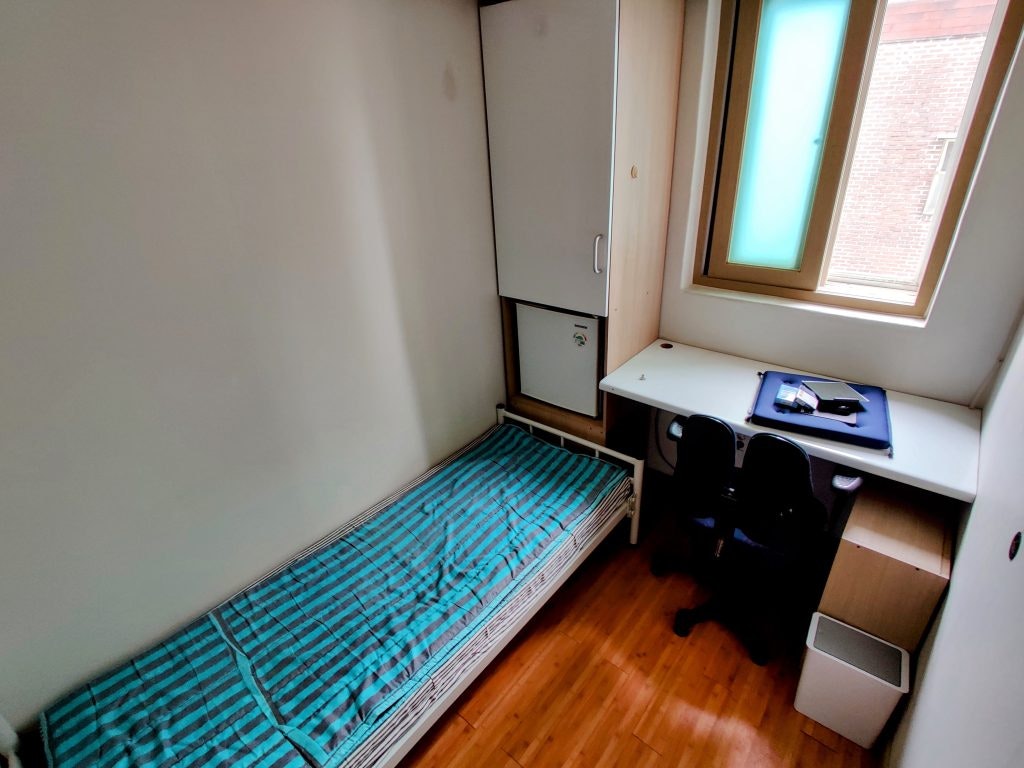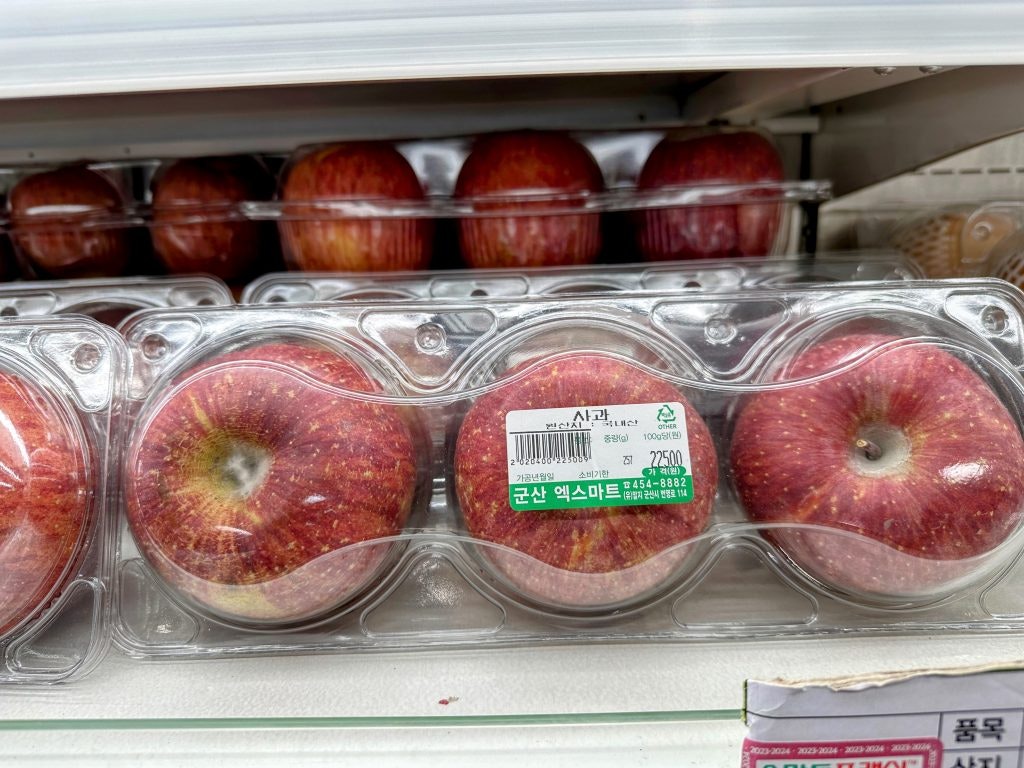







“Apateu, apateu. Apateu, apateu.” In the chance you’ve been anywhere near the internet lately, you’ve probably heard Jennie and Bruno Mars’ song, “APT.” But there’s more to Korea than BLACKPINK, NewJeans, BTS and Gangnam Style.
South Korea is one of the safest places in the world. You can take a walk at 2 a.m., stop by a convenience store at 3 a.m. for instant ramen and have food delivered straight to a park bench by the Han River at 4 a.m. Tipping isn’t expected, and public transportation is so efficient that missing a bus isn’t a big deal. “Oh, you missed the bus? Don’t worry, there are five other buses you can take.”
| Key Facts About South Korea | Details |
| Population | 51,667,029 |
| Official Language | Korean |
| Currency | South Korean won |
| Capital | Seoul |
| Main Religion | Buddhism and Christianity (Protestantism and Catholicism |
| Alphabet | Hangul(한글) |
Here are 16 actually interesting facts about South Korea and Korean culture to get you excited before traveling to Seoul.

After plenty of Seoul Searching in the capital city, try going on day-trips to the Korean Folk Village in Yongin, the Hwaseong Fortress in Suwon, or Nami Island in Gapyeong-gun, Gyeonggi-do.
When you have a few extra days, opt for a one night and two days (1박 2일) trip to a major beach city like Busan or Gyeongju, rich in Korean history and the capital of the ancient kingdom of Silla (57 BC – 935 AD). For stays longer than one week, consider a mini trip to Jeju Island and Udo Island.
Each province in South Korea has a distinct dialect, roughly six in total:
Also, check out regional specialties and snacks. Cheonan is famous for hodu-gwaja (호두과자) cakes that are filled with walnuts and sweet red bean filling.
Violent crime and theft in South Korea are uncommon, and violent weapons are heavily restricted under Korean law. In 2023, the Seoul Metropolitan Government invested 51.2 billion Korean won in AI enhanced CCTVs installed in public areas. Additionally, every public restroom stall in South Korea has an emergency call button (비상벨), which directly connects to the 112 emergency service when pressed.
With CCTVs everywhere, there is a general consensus on respecting people’s personal property. For example, your laptop can be left unattended and used to reserve a spot in a café and no one will touch it.
Fun fact: In South Korea, outer beauty is just as important as inner beauty. For those not blessed with flawless skin, regular visits to a dermatology clinic are a must to achieve the ideal Korean glass skin, clear, without visible redness or flaws, and free from blemishes.
Olive Young stores, a major health and beauty drugstore chain, are on every busy street in South Korea. With over 1,200 stores nationwide, each store has a curated selection of 20,000 skin care, makeup and lifestyle products. Global brands like Sephora have come and gone as Korea’s dominance in the cosmetics market remains sturdy.
South Korea leads as the world’s highest plastic surgeries performed per capita worldwide, surpassing western countries. Double eyelid cosmetic surgery is often given as a graduation gift to high school students.
In 2023, single-person households in South Korea increased to 7.5 million, around 34.5% of all households. These are mostly young people in their 20’s and 30’s as well as seniors in their 60’s and 70’s.
Since 2010, the slang term ‘honjok’ (혼족), combining the words solo (honja 혼자) and people (jok 족), has described South Koreans who live alone. Embracing independence, honjoks share their solo dining (honbap 혼밥), leisure activities (honnol 혼놀), and travels (honhaeng 혼행) on social media.
Travel companies like Booking.com and Interpark now cater to this demographic, offering vacation packages for solo travelers, or ‘hon-cance’ (혼캉스), a blend of ‘solo’ and vacance, or ‘vacation.’

Goshiwons are the cheapest solo accommodation in Seoul and average a mere 35-40 square feet.
In Korea, tipping is not required in restaurants, hotels, or taxis. Tipping is not customary and may be considered rude and disrespectful.
The tradition of food delivery in Korea traces its roots back to the Joseon period (1392–1910), when food delivery services were used by nobility and royalty.
Today, over 70% of South Koreans use mobile food delivery service apps like Yogiyo, Coupang Eats, and Baedal Minjok, continuing a long-standing tradition in the country.
The earliest Korean delivery food on record is naengmyeon(냉면), cold buckwheat noodles in soup, in July 1768.
Fruit prices, including apples and pears, reached record highs with apples costing 6,000 to 10,000 Korean won per apple. That’s as high as $7 Per apple.
According to South Korea’s Ministry of Agriculture, Food and Rural Affairs, this increase has led to a drop in fruit consumption for South Koreans. The South Korean Government data shows a 19% decline from 67.9 kilograms of fruit consumption per person in 2007 to 55 kilograms in 2022.
Despite the high prices, packaged fruits, especially luxury varieties like Shine Muscat grapes are given as gifts in Korea during the holidays.

A set of three apples in a local supermarket is $16, over $5 per apple.
 You will often see small blue blocks on the side of Korean car doors. These blue block sponges are remnants of cars being shipped from the manufacturer’s factory and are used to protect cars during transit.
You will often see small blue blocks on the side of Korean car doors. These blue block sponges are remnants of cars being shipped from the manufacturer’s factory and are used to protect cars during transit.
Most Koreans prefer to keep them on their car doors to prevent future scratches or dents. Also, blue sponges on cars signify that the car is new which is another reason people like to keep them on.
In Korean weddings, the traditional gift is cash placed in envelopes, known as chug-ui-geum (축의금), or congratulatory money. The tricky part is figuring out how much cash to put in each envelope.
The amount depends on your relationship with the bride or groom and your attendance at the wedding. The range is 30,000 to 100,000 Korean won. A 2022 Statista survey indicated that 50,000 won is the most common gift amount. For those unable to attend, it’s now possible to wire the amount directly to the couple’s bank account.

While most couples opt for the modern “Wedding Hall” experience, traditional Korean weddings are still done and popular amongst international couples.
There is an urban legend that couples who walk along the Deoksugung doldam-gil (덕서궁돌담길), or Deoksugung stone-wall road, will break up.
This urban legend stems from the proximity to Seoul Family Court which was where couples sought divorces until 1995. The old courthouse has since been renovated into the Seoul Museum of Art but couples still remain wary.
In South Korea, writing a person’s name in red ink is symbolic of death. Traditionally, red ink was used on family registers or official documents for names of the deceased. Despite its superstitious origins, it remains inappropriate to use red ink to write a person’s name, especially when the person is still alive.
The Korean word for four is pronounced ‘sa’, which is also the pronunciation for the hanja (Sino-Korean) character for ‘death.’ The number four is considered an unlucky number given the sonic similarity to misfortune and death.
Some buildings skip the 4th floor and use the letter ‘F’ instead. For house numbers with multiple 4’s (i.e. APT 404), property values are much lower.
Next time you are in an elevator and there is no ‘4’, press ‘F’ instead!
Pepero Day is an annual holiday in South Korea, celebrated on November 11 because 11/11 looks like long, thin Pepero sticks. This day is dedicated to giving Pepero to friends, family, and loved ones.
Since 1997, Lotte Corporation, the manufacturer of Pepero in South Korea has marketed the holiday. Originally milk chocolate-covered cookie sticks, these treats now come in many flavors.
Pepero is considered a ‘national snack’ that generates sales of 100 billion won every year. Snacks are a big deal in Korea.
To cope with South Korea’s cold winters, most Koreans use electric heating mats. Most Korean homes are equipped with an ‘ondol’ or floor heating system but it can be expensive to keep it turned on all day.
Many Koreans choose instead to buy an electric heating mat and place it where they spend most of their time, either on their beds or in the living room. Monitor temperature settings when sleeping on these mats to avoid burns.
Pokémon bread packaged with collectible character stickers (띠부씰) were first released in 1998 by South Korean bakery giant SPC Group. Upon its return to shelves for the first time in two decades, 4.7 million packs of the bread have sold in less than a month.
 Pokémon bread with an included sticker is 1,700 Korean won and fans and collectors have been scrambling to buy everything in stock. With high demand and limited supply, stickers are being traded on online marketplaces in South Korea. Rare stickers such as the Mewtwo sticker sell for around 40,000 Korean won while popular characters such as Pikachu are traded around 5,000 to 8,000 won.
Pokémon bread with an included sticker is 1,700 Korean won and fans and collectors have been scrambling to buy everything in stock. With high demand and limited supply, stickers are being traded on online marketplaces in South Korea. Rare stickers such as the Mewtwo sticker sell for around 40,000 Korean won while popular characters such as Pikachu are traded around 5,000 to 8,000 won.
Pokémon in Korean (포켓몬스터) follows the original Japanese name that sounds like “Pocket Monster”. Pokémon is a shortened romanization of the original name that became the norm as it gained popularity abroad.
The Korean War ended in a 1953 stalemate. Both governments’ constitutions of North Korea and South Korea claim sovereignty over the whole Korean peninsula.
Though a truce to end hostilities was signed in 1953, an official peace treaty was never agreed to, and the two Koreas are still officially at war.
Learn more interesting facts about South Korea here.
💡 Want more trivia?
Browse all Fun Facts articles.